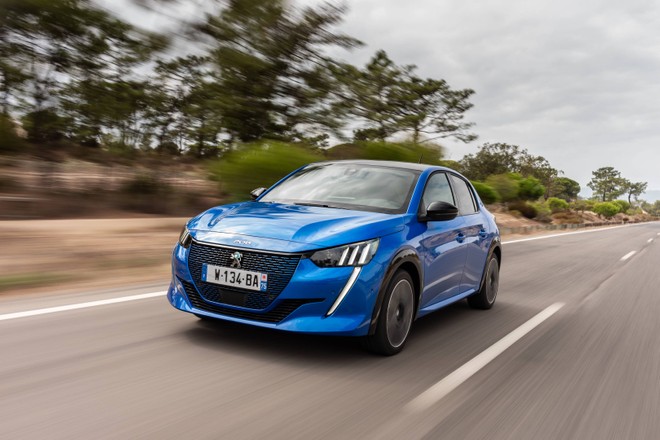
One year after the merger between FCA and PSA which gave birth to the Stellantis Group, the CEO Carlos Tavares took stock of the situation in an interview with Corriere della Sera, addressing various issues including those of the chip crisis and electrification. Let's see some of the more topics interesting that have been addressed.
STRATEGIC PLAN THE FIRST MARCH
Tavares si & egrave; said he was satisfied with the first year at the helm of the new automotive group despite 2021 was a complicated year due to the crisis brought about by Covid and the problem of the supply of semiconductors. To all this have been added the new challenges that electrification is bringing.
The Group is also working on the new strategic plan which will be; presented on March 1st . On the chip crisis front, the CEO warns that the problems will last until the end of 2022 . However, starting next summer, the new capacity companies in the sector should begin to restore balance between supply and demand. According to Tavares, the problem of semiconductor supply is; cost the automotive industry 15-20% in terms of production volumes.
The CEO of Stellantis then talks about the & quot; value strategy & quot ;, that is; of the choice of to bet on the value of the cars more & ugrave; than on volumes , even with the risk of driving up prices. This is a strategy that Tavares already had; followed when he was in PSA. In 2013-2014 the French Group cap & igrave; that it was not fair to sell off their products. Quality cars they must be sold at the right market price.
Since then, we have made spectacular progress in quality. of our products and services. We are now on par with the best in the world. Sales growth & egrave; the result of this quality strategy, not a goal in s & eacute ;.
The risk of this strategy, for & ograve ;, is; to cut out the middle classes who cannot buy cars worth 30 thousand euros. However, on this front the CEO has a clear idea.
There is a risk if we do not reduce our costs. But it is also new technologies that drive prices up, in particular electric technologies, which are 50% higher; expensive than those of thermal engines.
A TECHNOLOGY WANTED BY POLITICS
Tavares si & egrave; shown very critical on the subject of electrification . Is not serious; the first time that the CEO of Stellantis points the finger at the choices of the political world to want to accelerate the transition to battery-powered cars. In the interview, Tavares & egrave; very clear on this issue, especially on the approach that the European Commission is taking.
Obviously we respect the laws and therefore we will fight to be the best with the factors that are given to us, or imposed. But electrification is a technology chosen by politicians, not industry.
The CEO then adds that there could have been more ways; fast and cheap to get to reduce the polluting emissions of the cars. The method chosen, indeed imposed by politics, prevents car manufacturers from being creative to come up with different ideas.
Given the current European energy mix, an electric car has to travel 70,000 kilometers to offset the carbon footprint created by manufacturing the battery. Only at that point begins to widen the gap with a light hybrid vehicle that for & ograve; costs the half & agrave; of an EV. In the end, & egrave; better to accept very efficient thermal hybrid cars so that they remain affordable and provide an immediate benefit in terms of CO2, or & egrave; Is it necessary to have 100% electric vehicles that the middle classes will not be able to afford, while asking governments to continue increasing their budget deficits to provide incentives? This is serious; a social debate that I would like to have, but for now I do not see it.
Tavares then reiterates the problem of electricity costs which already has; had dealt with in the past.
Our battle now is; aimed at minimizing the impact of the additional costs of 50% of electric vehicles. It means having increases in productivity in five years; average 10% per year, while the automotive industry, particularly in Europe, reaches between 2% and 3%.
A situation that could lead some manufacturers not to make it. Tavares points out that in a few years he will be & agrave; It is possible to find out which builders will have survived and which will not. The risk is then also what is lost along the way that slice of the market that will not be; able to buy an electric car. And on the subject of costs, Tavares also talks about incentives that should be maintained until 2025 even if the CEO doubts that governments can continue to subsidize the sale of electric vehicles at current levels as it is not; financially sustainable.
So let's get back to social risk. & Egrave; brutality of the change that creates it. If states can accompany this transition with subsidies for five years, maybe we will get by. Otherwise they get caught more social risks to citizenship as a whole.
In a few years, therefore, it will be possible to understand the social and environmental impacts of this race to electrification.
The 5G smartphone for all? Motorola Moto G 5G Plus, buy it at the best price from Amazon at 199 euros .